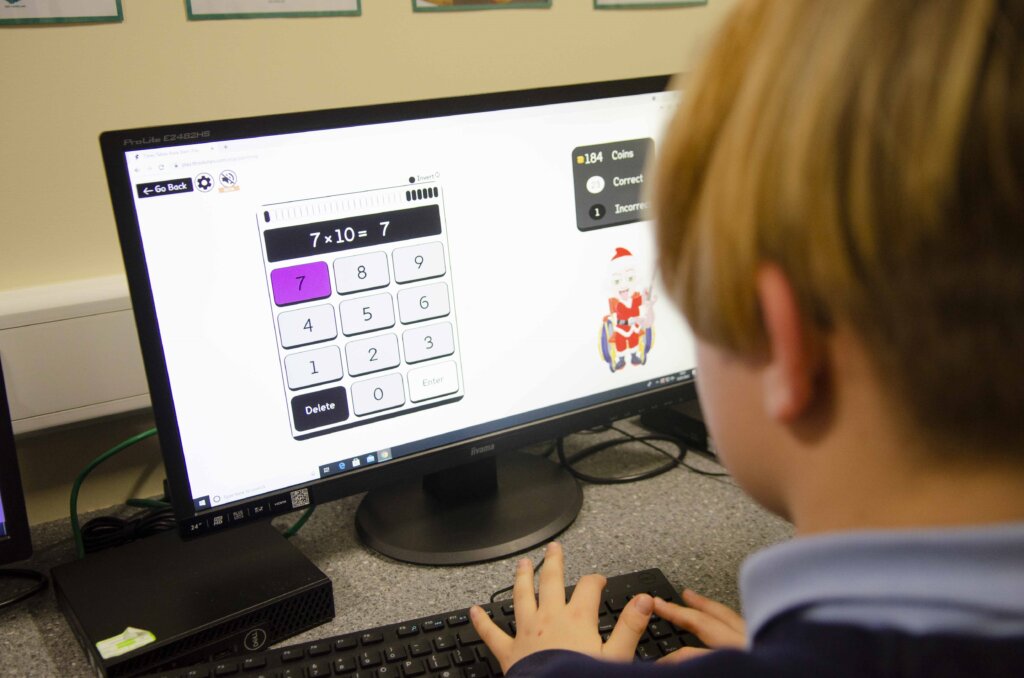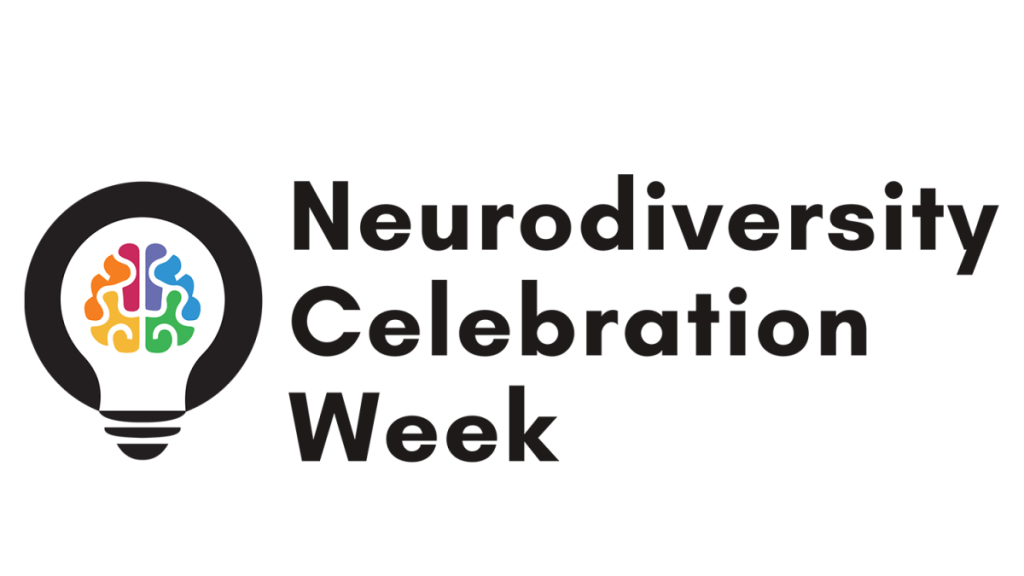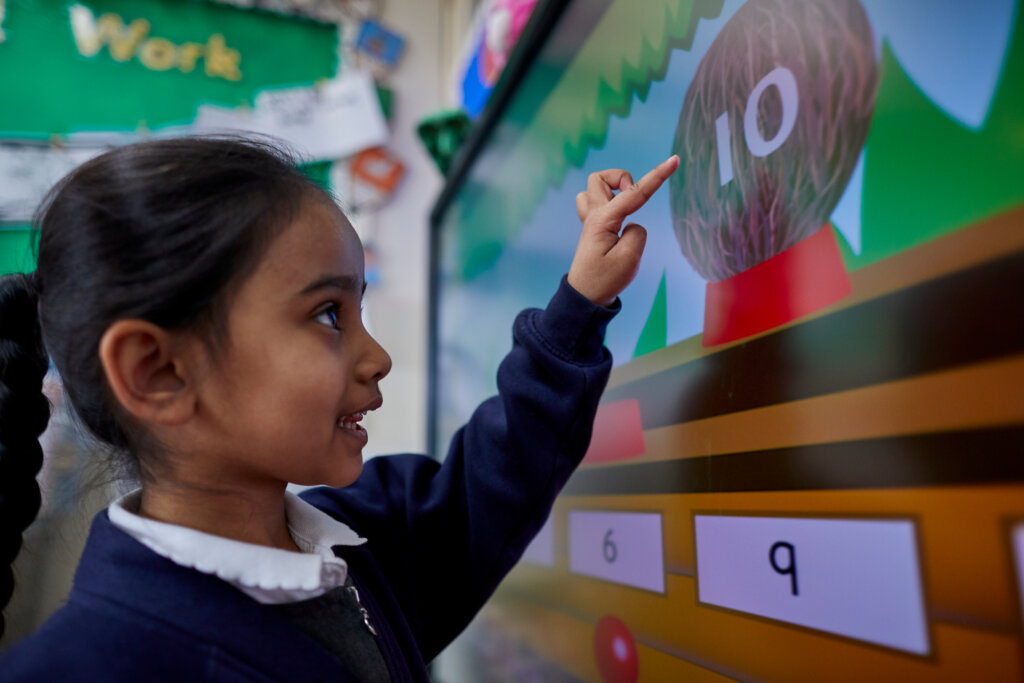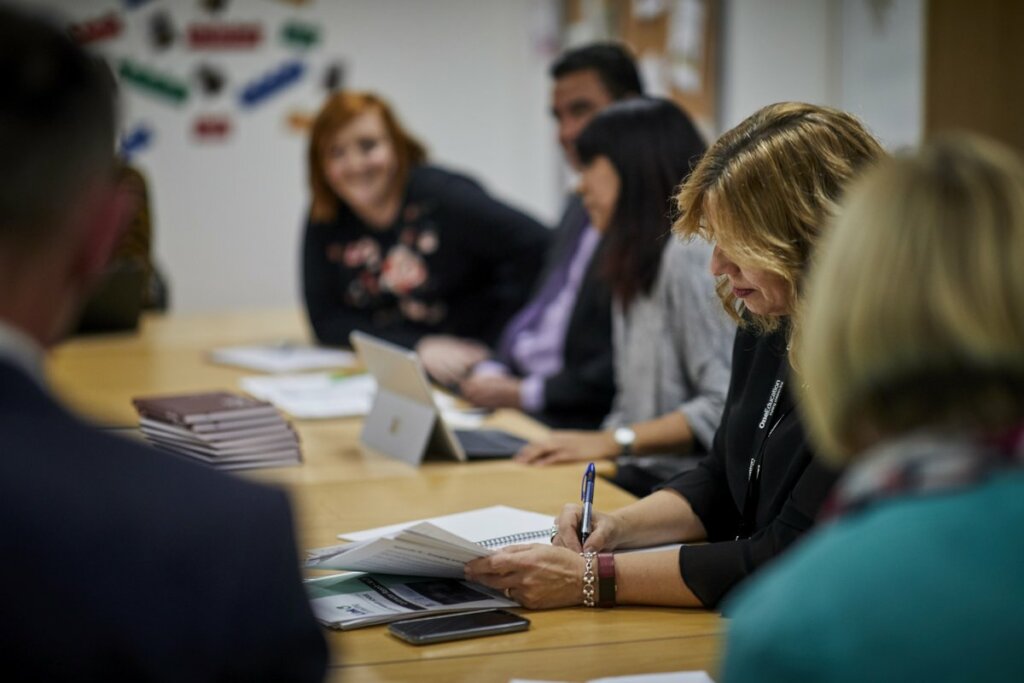‘Together Everyone Achieves More.’
I worked in a one form entry church school and this was the saying that appeared in the entrance hall above the display board. The school was an old, dated building with limited school grounds. The classrooms were funny shapes and finding a space for any sort of meeting was rare. The staff, however, were vibrant, full of energy and motivated towards one joint purpose: making children’s education the best it could be. It could have been hard with no year group partner, yet it never bothered any of us.
Together we really did achieve more – we worked with other year groups, across key stages, with the whole school and we linked up with other local schools. We worked with parents, the church, our local community, and many multi agencies. The children certainly got a first class education. We felt like one big family (and still do despite this being over ten years ago and many of us no longer being there).
The educational landscape is changing, so too is the way in which our schools are being led. We may have always known that we achieve more as a team and worked well with our colleagues, but the way in which systems have changed over recent years has sparked a growth in schools embarking on a journey of collaboration with other schools. This can be a highly effective approach to school improvement and leadership, after all, ‘No man is an island, Entire of itself,’ (John Donne). It has long been recognised that team work is an essential ingredient to success within schools, but recently research has been conducted into how effectively collaboration in leadership across schools can also contribute to success.
Research published by the DfE (2015) suggests that schools are positive about collaboration and can see the benefits of engaging in partnerships for the purpose of school development. Collaboration, if done well, can be an extremely powerful tool for improvement in schools.
The report ‘How the World’s Most Improved School Systems Keep Getting Better’ analysed school systems in 20 countries that experienced sustained improvement. A key finding was that strong reliance on teamwork helped to identify and respond to problems. In the report’s introduction, Michael Fullan explained,
‘The power of collective capacity is that it enables ordinary people to accomplish extraordinary things—for two reasons. One is that knowledge about effective practice becomes more widely available and accessible on a daily basis. The second reason is more powerful still—working together generates commitment. ‘
However, collaboration can also be overwhelming and potentially damaging if not well structured or carefully thought out. The DfE explain that there are common barriers to collaboration between schools such as ‘threats to school autonomy; perceived power imbalances between schools; additional workload associated with the collaborative activity, and, difficulties in establishing shared objectives and common goals.’ These barriers can be addressed if your collaboration is carefully constructed, well organised and well led. All partners need to be on board.
I remember, in my NQT year at the school I described above, how I created a 10 page booklet for the children and parents who would be starting in my class the following year, and I organised several transition mornings for the children to come and visit me. When the Deputy Head came to find me after school to speak about this, I immediately thought I would be praised.
Instead, I was told I needed to think about what I sent home to parents if it was a new idea and I hadn`t got the full consent of SLT (my line manager at the time had agreed it). He asked me to share the resources with the rest of the school.
I was enraged. Thoughts swarmed around my head ‘but that is my work. I spent hours creating that. I shouldnt have to share it for others to copy. I want to take the credit.’ It didnt take me long to see the error in my ways – teaching was not a competition. I had started my career wanting to show that I could be the best teacher in the school, rather than wanting to work together and improve the education for all children within the school.
My mindset had to change. Indeed, when I left that school, my role had changed dramatically. I was now deputy head and the idea of wanting to keep all my ideas to myself had become alien to me; every individual involved in the school needed to be of the mindset that sharing and learning from each other is invaluable. This example was at an individual level, however it also applies to collaboration between schools. I will reiterate my point, all partners in any sort of collaboration, need to be on board.
There is no ‘one size fits all’ for a successful collaboration, as every partnership brings together many different people. All of whom will have their own strengths and areas for development. In my role, as Head of School Development and Literacy, I have experienced supporting a range of collaborations from: large informal cluster groups to formal catholic school partnerships; multi-academy trusts to teaching school alliances; small federations and individual schools wanting to grow a partnership. What has been essential to all of the partnerships we have worked with is being aware of the barriers to partnerships from the onset and taking some simple steps in ensuring that a collaboration is effective:
- Put children first in every decision you make as part of the partnership.
- Keep hold of your vision and find schools that share overarching values
- Be honest and hold others to account.
- Decide on what the aims of the partnership are.
- Ensure that someone is able to co-ordinate and lead the organisational side of the partnership.
- Decide on the partnership model and how long the collaboration is for (short term/long term).
- Have a formal agreement about the things that you share (like data, finances, CPD).
- Ensure all schools feel equal within the partnership. Although schools will have differing capacities and expertise, all schools should be expected to contribute something and have something to gain.
- Decide on how you will implement a method of monitoring the progress of the cluster.
- Be confident in the advice and knowledge on offer – if there is no expertise in either school within the partnership then ensure you look for external providers to provide support for the collaboration.
The benefits of collaboration can be endless for schools and academies. One of the most important steps in a successful collaboration, after ensuring you have a collective goal, is to ensure that all parties are accountable. As an external provider, we have helped schools and academies in their journey of collaboration by being the critical voice to help schools steer changes in the right way and encourage the accountability of partners within the group. Sometimes it is easier being critical as a third party -I know – but once the impact can been seen, the importance of being accountable to each other becomes clear and easier to implement.
One example of a successful partnership between schools and an external provider is the work that we have done with the CSPTSA. Now in its 5th year, we have:
- Established peer to peer reviews across the partnership- being the critical friend and encouraging accountability;
- Conducted HTPM for Head teachers, executive head teachers, and heads of schools;
- Supported teaching and learning; conducted audits;
- Provided CPD.
The impact has been seen across the alliance and, as the partnership grows, we ensure our support develops to suit their needs. As the journey to excellence continues with the collective goal, to improve education for all, we must steer the educational landscape in the direction that we want it to go in. We need to think carefully and deeply about the future and create the schools that we want to see for our children.
Whichever way your school decides to go with collaboration for school improvement; one thing is certain, education is changing and we need to keep up with the changes or face being left behind.
















